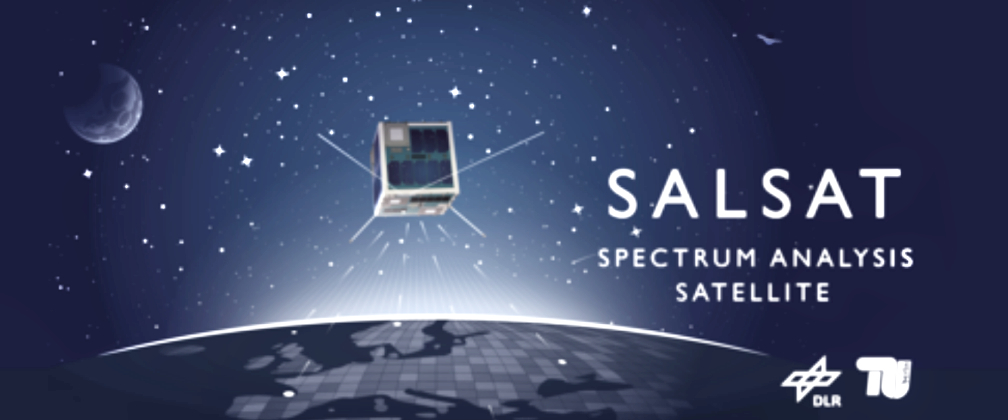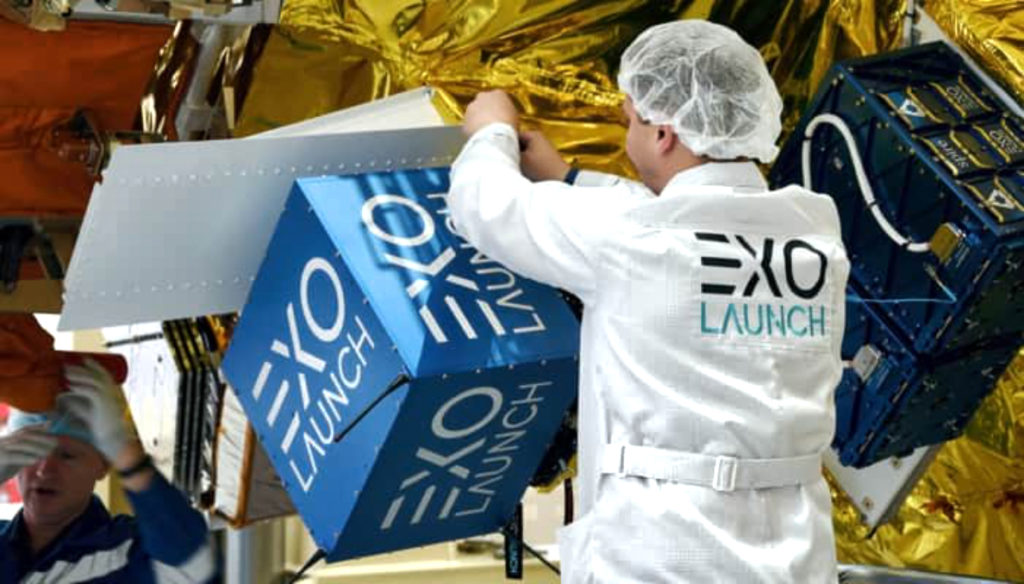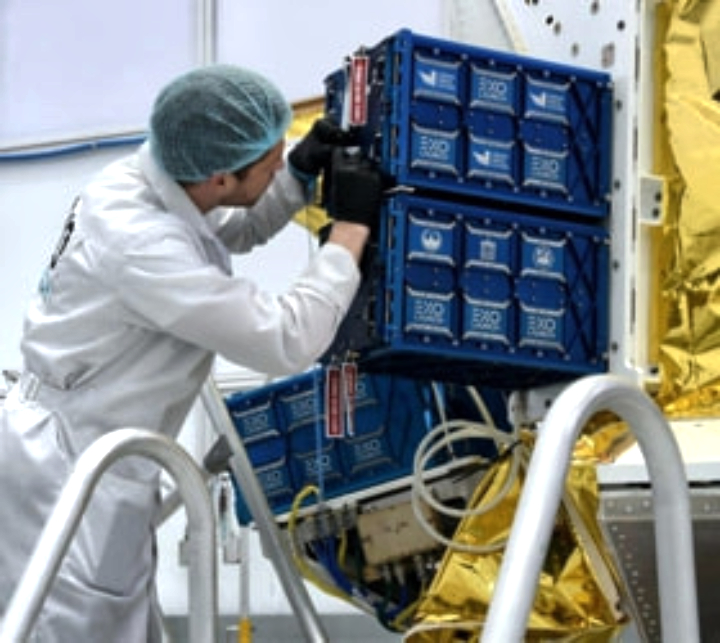
The Technische Universität Berlin and Exolaunch have signed a launch agreement for the SALSAT smallsat — under this agreement, Exolaunch is providing launch, mission management, and integration services for the Technische Universität Berlin on a Soyuz-2 rideshare mission later this month (September 2020).

SALSAT (Spectrum AnaLysis SATellite), aims to analyze the global spectrum use of S-band and VHF, UHF amateur radio bands. This analysis is required due to the increasing number of users and the intensification of radio communication, which is leading to an escalating probability of interference between radio signals. The satellite will analyze the global spectrum usage with SALSA, a spectrum analyzer payload based on a Software Defined Radio (SDR).
SALSAT also features a variety of unique secondary payloads, such as a Linux based, intelligent onboard processing system to analyze the spectrum on-board. The smallsat also features novel, three-axis Fluid-Dynamic Actuator (FDA). SALSAT will be the first satellite in space to demonstrate three-axis attitude control with its FDAs.

The mission’s collected spectrum data will be made available to the public through a web portal which international researchers, study groups, and amateur radio enthusiasts can access. SALSAT will be a valuable contribution to the future of satellite communications. The mission is funded by the German Bundestag through the Federal Ministry for Economic Affairs and Energy and the Deutsche Zentrum für Luft- und Raumfahrt e.V. (DLR).
SALSAT is a part of the September Soyuz rideshare mission – Exolaunch’s seventh mission with Soyuz-2 that is manifested by the company. The mission is set to launch numerous commercial payloads carrying cutting edge technologies from Exolaunch’s international small satellite customers. Named Wanderlust, Desire to Travel, this rideshare symbolizes both the ever-increasing importance of sustainable access to space for smallsats and the longing for travel that is currently restricted.
On the Wanderlust mission, Exolaunch is set to provide its market-leading separation systems – EXOpod for cubesats and CarboNIX for microsats – as well as the company’s EXObox sequencers, to ensure timely deployment of small satellites into their target orbit. The company has launched more than 85 smallsats on Soyuz missions to date. On this mission, Exolaunch will deploy a cluster of 15 smallsats into a Sun-Synchronous Orbit (SSO) for customers from Europe, the UAE, Canada, and the USA.

Executive Comments
“The ultimate goal of SALSAT is to achieve the safe and sustainable utilization of the available frequency spectrum for space communications,” said Jens Großhans, SALSAT Project Lead. “We value our cooperation with Exolaunch and the support that we are receiving during the launch campaign – despite the challenges presented by the global pandemic. We look forward to seeing a successful launch of SALSAT.”
Michael Tolstoj, Program Manager at Exolaunch, added, “The restrictions imposed during the first months of the global pandemic had an especially severe impact on universities. I have a deep respect for the SALSAT team for making this mission possible despite the significant challenges they had to overcome. The Technische Universität Berlin has a formidable track record of successful smallsat missions and Exolaunch is proud to continue supporting the university’s teams and working with them on this ambitious scientific project.”
